Well I made a decision regarding the beautiful figures painted by Peter Gilder that had been part of a display that Hinchliffe Models had used at their shows in the 1970's and 1980's. I must admit I was concerned because you can really damage old figures when you are forcing them from old bases and in this case a lump of hardwood.
Before I wax lyrical can I thank Iain Macmillan yet again for his wonderful genorosity.
Im not overstating the art part because if one carefully examined each figure it showed the inovative techniques that Gilder pioneered and made his own. The cavalier officer is a brilliant example of all his techniques. The wipe off effect on the horse, using oils and a piece of soft rag. The exagerated button work and the careful lightening of the jackets by a little wipe with a wet brush.
Okay they wont stand scrutiny with modern painters, especially David Imrie, Mark Copplestone or others, but this man was the one who showed thousands of wargamers that basic didnt have to be the standard and witha little thought a beautiful effect could be created, and thats before he producded his wonderful and inspiring terrain and massive battles.
I will leave the images to show people why Gilder was the man who drove standards for wargaming in the 19701980's and 1990's.


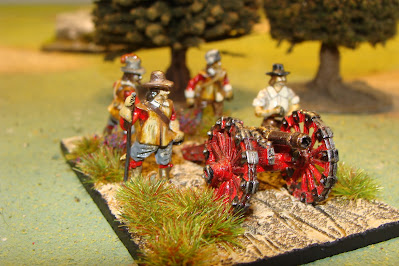










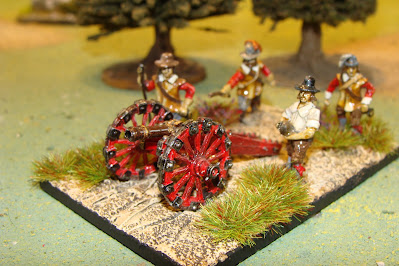










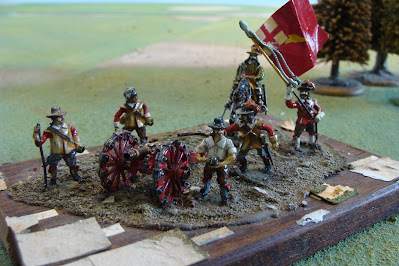








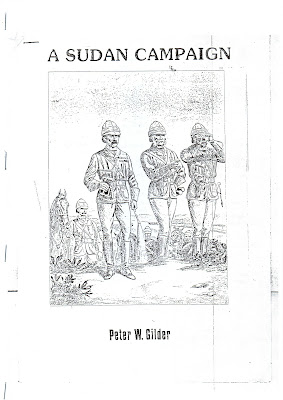

.jpg)
.jpg)
.jpg)
.jpg)




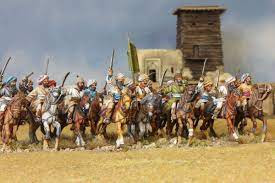
.jpg)

